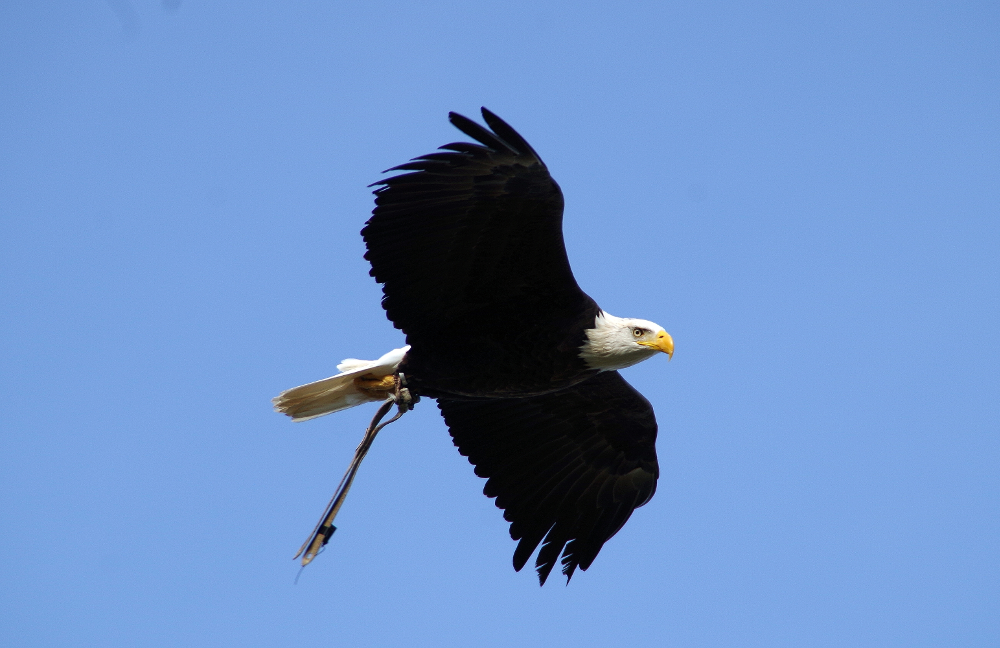On November 29th 2018 a field test took place in Riedenburg near Ingolstadt as part of the LocalDetect project. The aim was to test the miniaturized sensors developed over the past two years by the Fraunhofer Institute for Reliability and Microintegration (IZM) and the company Innotas for the retrieval of falcons and other birds of prey with the living animals.  To date only drones have been used to test the sensor technology. The system uses a GPS receiver to determine its’ position and sends data via SigFox to the terrestris server, where the data is displayed on a mobile, interactive map. The web application developed by terrestris allows to view the flight data. These are supplemented by extensive weather and environmental data, which should enable the falconer to quickly find his animal in case of loss. In addition to various forecasting options, the falconer can also store animal-specific data in the system, which are also of interest in the case outlined above. The field test was very interesting and produced good results. Both the miniaturized sensor and the information platform worked perfectly. Only the transmission platform caused some difficulties, which will however resolve themselves in the course of time, as the SigFox network gets denser.
To date only drones have been used to test the sensor technology. The system uses a GPS receiver to determine its’ position and sends data via SigFox to the terrestris server, where the data is displayed on a mobile, interactive map. The web application developed by terrestris allows to view the flight data. These are supplemented by extensive weather and environmental data, which should enable the falconer to quickly find his animal in case of loss. In addition to various forecasting options, the falconer can also store animal-specific data in the system, which are also of interest in the case outlined above. The field test was very interesting and produced good results. Both the miniaturized sensor and the information platform worked perfectly. Only the transmission platform caused some difficulties, which will however resolve themselves in the course of time, as the SigFox network gets denser.
Copyright © 2025 terrestris GmbH & Co. KG. All rights reserved.
